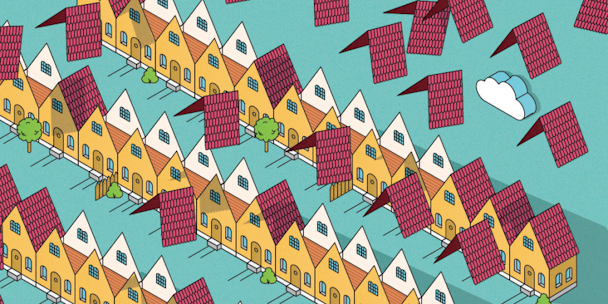57% of multinationals now in-house creative, as Covid-19 deepens trend
Brand marketers have spent years grappling with a buzzword quandary: to in-house or not to in-house? Yet, according to a recent report from the World Federation of Advertisers (WFA) and The Observatory International, the coronavirus pandemic has accelerated the move to bring creative operations in-house, with creative in-housing at 57% among multinational companies.

A report from WFA and The Observatory International has found creative in-housing is on the rise among multinationals
Based on the responses of 53 advertisers (amouning to an overall annual global spend of $83bn) the report, Global Trends in Creative In-Housing, found that the onset of Covid-19 has exacerbated the need for agile in-house departments.
“What this survey highlights is the need for clearly defined roles and responsibilities as well as a clarity over scope of work for each agency, in-house and external,“ explains Stephan Loerke, chief exec of the WFA. “Having an imbalance in working processes creates problems and challenges that could mean that neither resource is used to maximum capability.“
Here, we‘ve unpacked some of the reports key findings and what this means for brand marketers.
In-house agencies on are the rise
-
Growth in digital opportunities has led to a rise in in-house agencies, with 74% being established in the last five years. In just the past year, businesses like Nestlé, Hertz and Anheuser-Busch have jumped on the trend.
-
According to the report's findings, 57% of respondents currently have an in-house agency, while a further 17% are presently considering one.
-
Brand marketers are pursuing in-housing for predictable reasons, such as cost efficiencies (30%), better integration (64%) and better brand knowledge (59%).
Covid-19 has accelerated in-housing
-
One side effect of the Covid-19 outbreak has been the need for brands to function with more agility and more efficient working practices. It has therefore exacerbated many of the challenges that already led brands to consider-in-housing resources.
-
The pandemic has therefore not led to cut-backs in these agencies, but actually the reverse. According to the report, in-house teams are receiving more work, with 82% claiming their workloads have increased over the past year.
-
During the lockdown, earlier this year, both Channel 4 and the BBC worked closely with their in-house departments to produce reactive PSAs. At the time, Channel 4‘s chief marketing officer explained its ‘#StayAtHome‘ campaign was, “turned around in 48 hours. We do have a massive advantage of having an in-house agency and access to talent who helped with their generosity and desire to do good for the country.”
The demise of ad agencies?
-
While the stats hint at a decline for ad agencies, the report found almost all respondents (95%) continue to work with external agencies. Approximately 37% of creative output now comes from in-house teams.
-
Brands with in-housing departments are still open to ad agencies‘ input, with 40% allowing them to pitch against each other for projects.
-
The report found that in-housing has been most successful for brands that have designed their internal capabilities to complement the work of their external agency. For example, Vodafone has found success in its ‘blended‘ way of working between its own talent and that of its creative and media agencies; it says this method has made its agencies indispensable.

